Welcome to LogScience Lab!
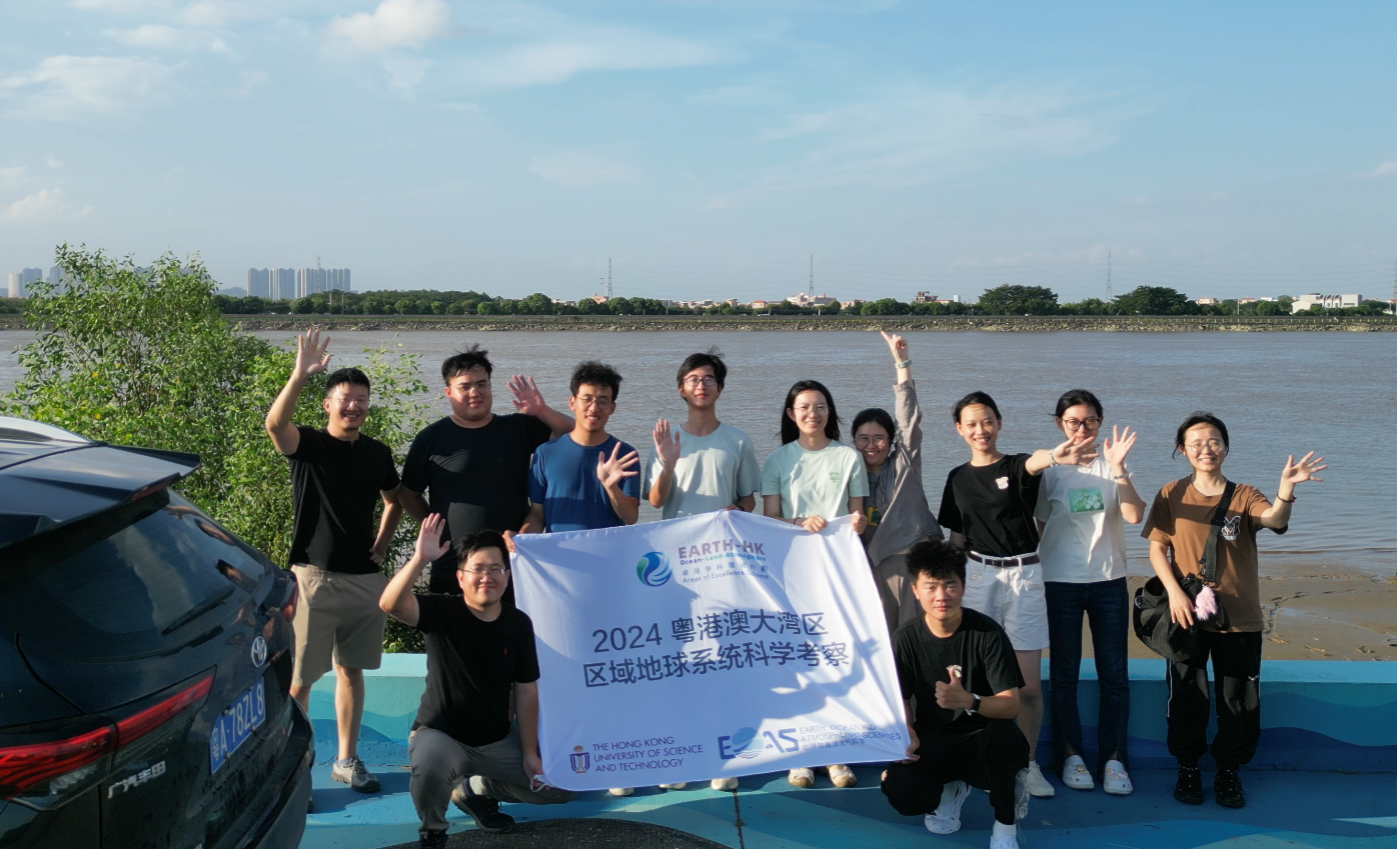
We investigate groundwater and chemical fluxes, as well as the associated biogeochemical processes, during surface water–groundwater interactions in river basin systems and land–ocean interactions in coastal aquifer systems.
Multiple methods, including isotopic tracing, remote sensing, laboratory analysis, field observation, and numerical modeling, are employed to systematically quantify the contribution and impact of groundwater discharge on the chemical budget and environment in river systems and nearshore marine environments. We have led or participated in 10 projects supported by the National Natural Science Foundation of China (NSFC), the Hong Kong Research Grants Council, among others. Our research has also attracted public attention and has been covered by Hong Kong’s Ming Pao, South China Morning Post, and HKUST(gz).
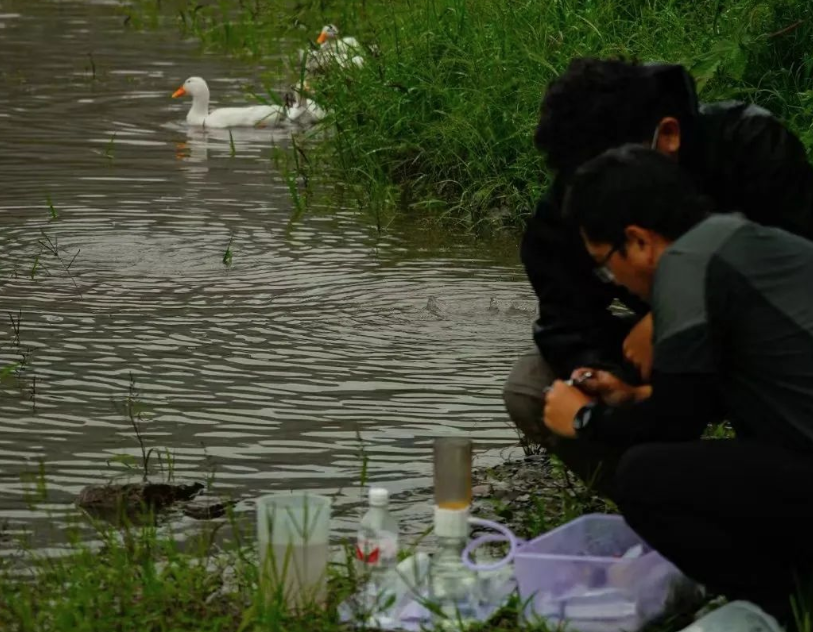
If you’re interested in joining our groundwater project, please review our vacancies posted on our website or feel free to contact me directly.
We conduct research activities in the following domains:
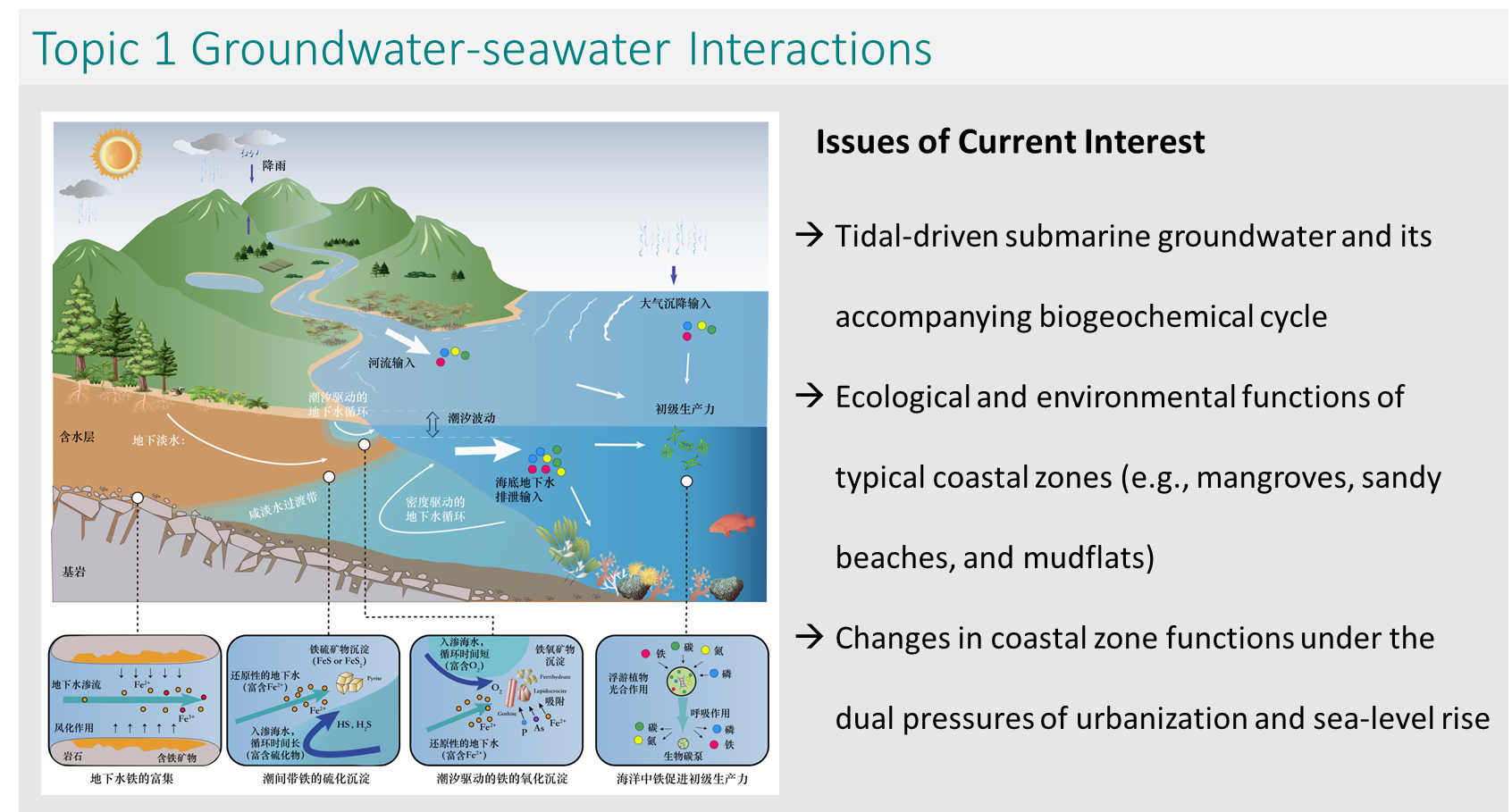
Coastal aquifers lie at the core of the land–sea interface. They are sites where groundwater–seawater interactions occur and where groundwater converges with various terrestrial and marine-derived materials. These processes alter the (bio)geochemical reactions within the aquifer, affecting both the composition and concentrations of substances in the groundwater and later fluxes discharged into the ocean.
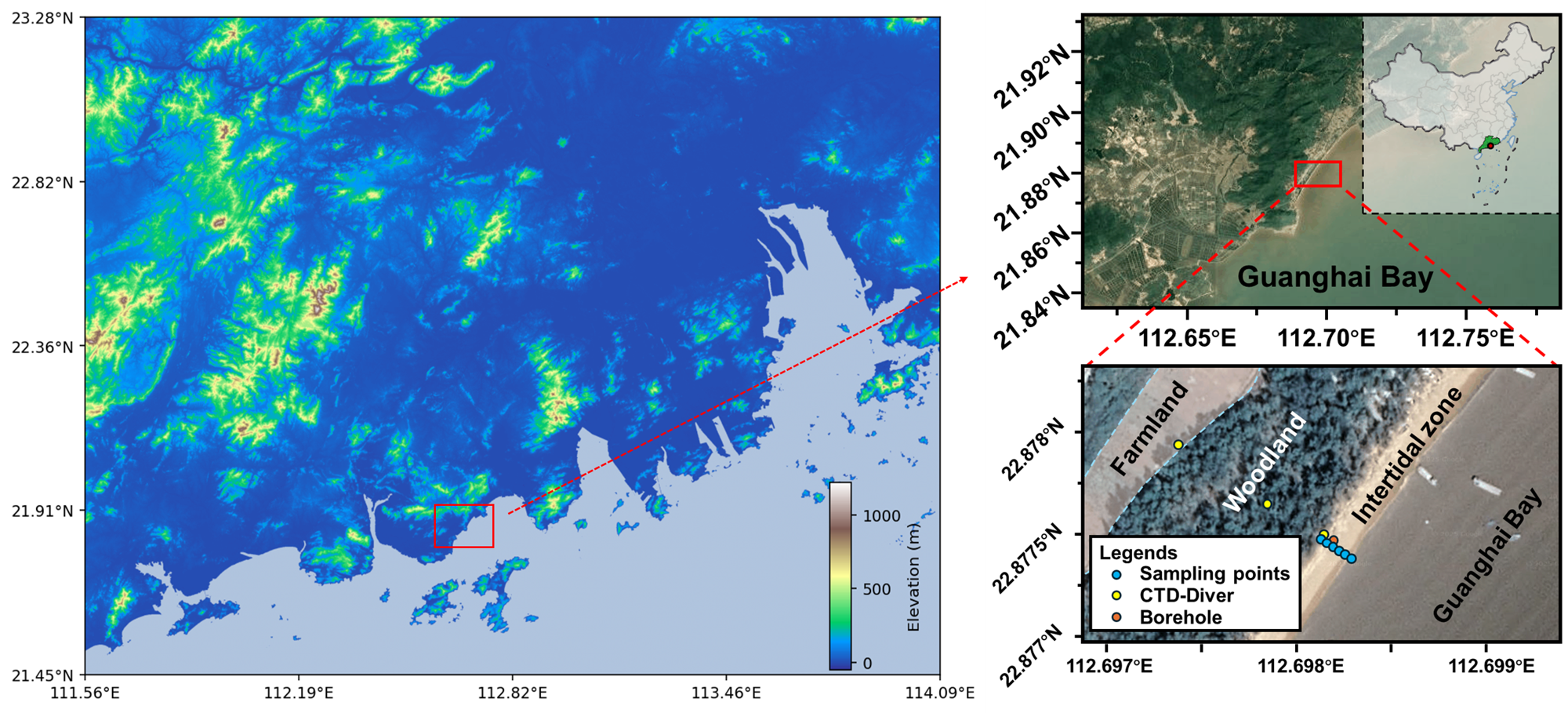
Currently, we have installed five groundwater monitoring wells on a sandy beach in Guanghai Bay (Guangdong Province) to investigate the submarine groundwater discharge (SGD), along with the associated carbon and nitrogen cycling, as well as iron mineral transformations and their implications for the coastal environment. This project is led by PhD students Cheng XING and Yan ZHANG.
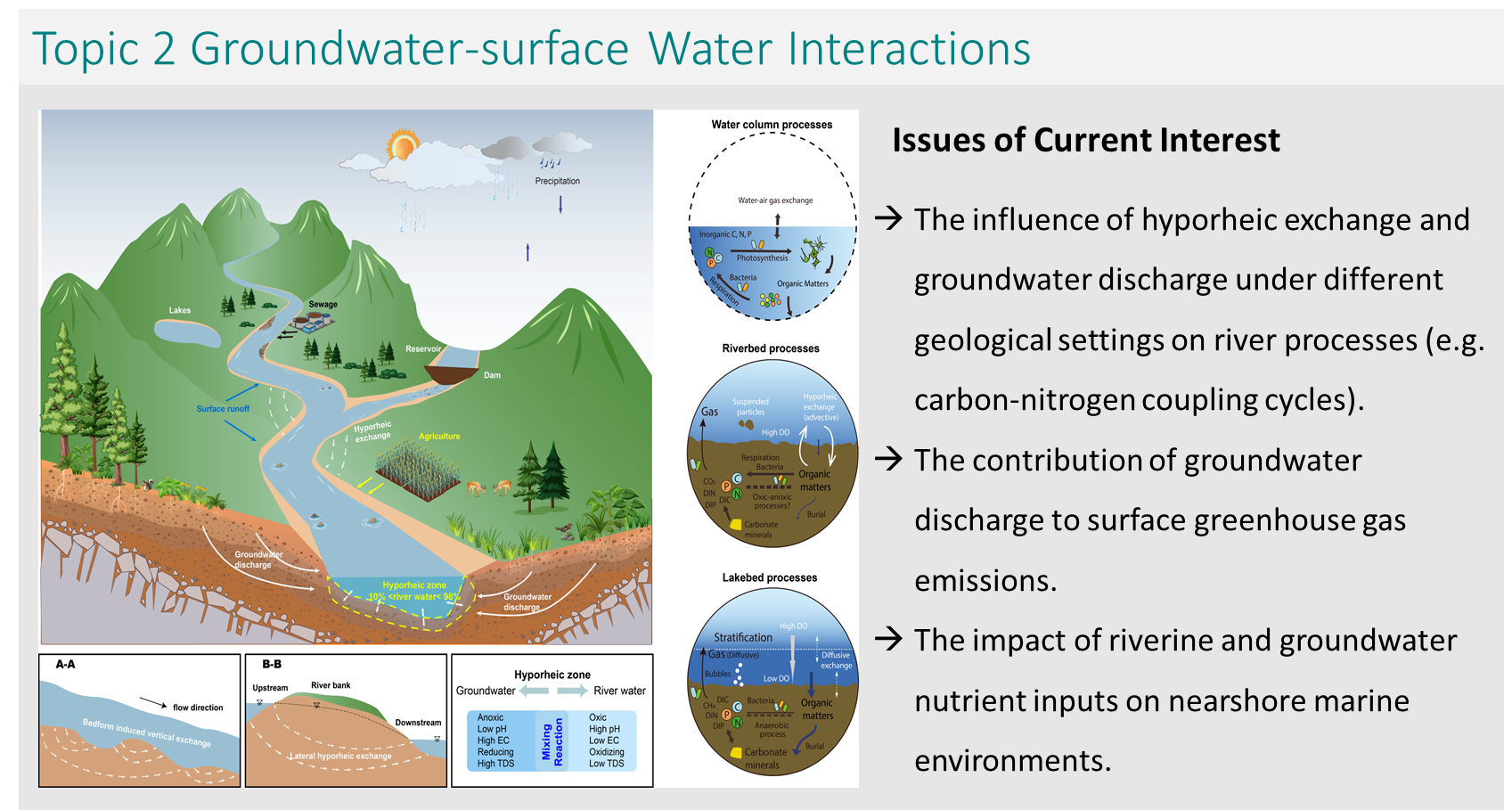
The riverine carbon cycle is a crucial component of the global carbon cycle, critically impacting the migration and transformation of carbon within the land-ocean-atmosphere continuum. Terrestrial inorganic carbon derived from chemical weathering processes (carbonate and silicate weathering) is a significant source of riverine inorganic carbon. On a global scale, carbonate and silicate weathering represent the short-term and long-term sequestration of atmospheric CO₂, respectively.
Hyporheic exchange processes refer to the transient infiltration of river water into the pore spaces of riverbed sediments, where it undergoes biogeochemical reactions before being discharged back into the river channel. It has been reported that carbon migration driven by hyporheic exchange is an essential component of the riverine ecosystem carbon cycle.
We conduct field trips in the Pearl River Basin (PRB) during the dry and wet seasons, collecting and analyzing the physicochemical properties of river water and hyporheic pore water, the activity of radon isotopes, as well as the concentrations and isotopic compositions of carbon dioxide and dissolved inorganic carbon. We are systematically studying the carbon emission processes and fluxes in the PRB river network system, quantifying the roles of carbonate weathering and hyporheic exchange in regulating CO₂ evasion from riverine waters.
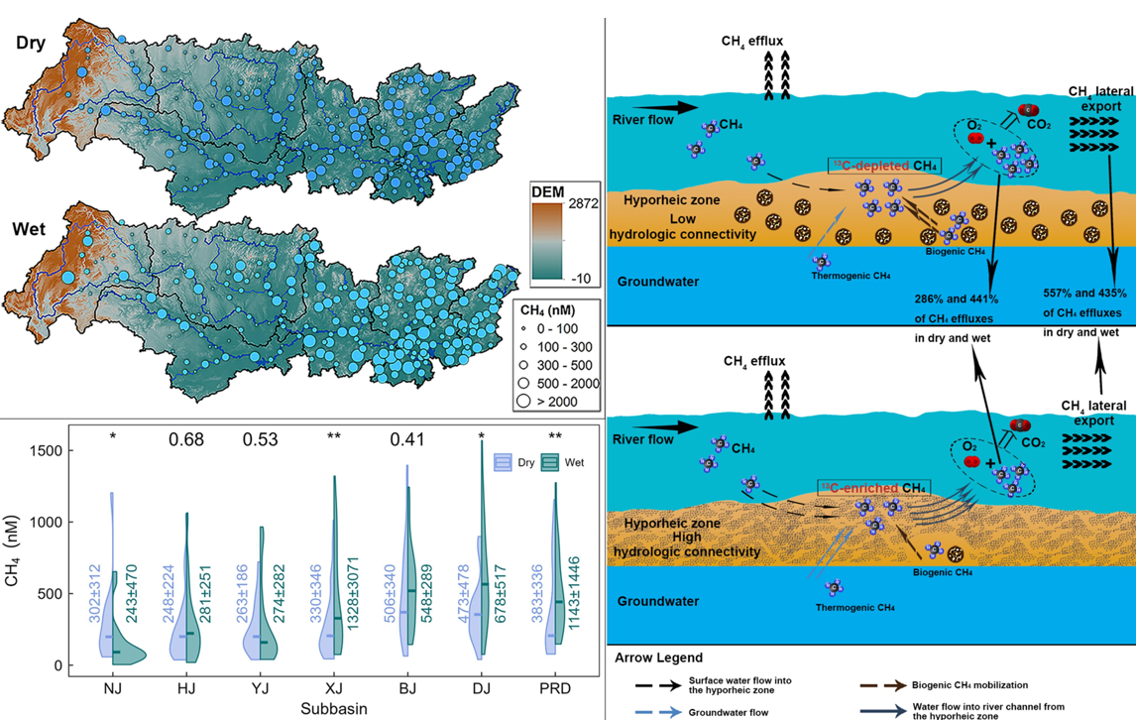
With the intensification of global microplastic pollution, aquatic ecosystems are increasingly affected. Microplastics enter rivers through surface runoff and continuously accumulate, posing threats to water quality and the ecological environment. However, their sources, transport pathways, and removal mechanisms in river systems remain unclear.
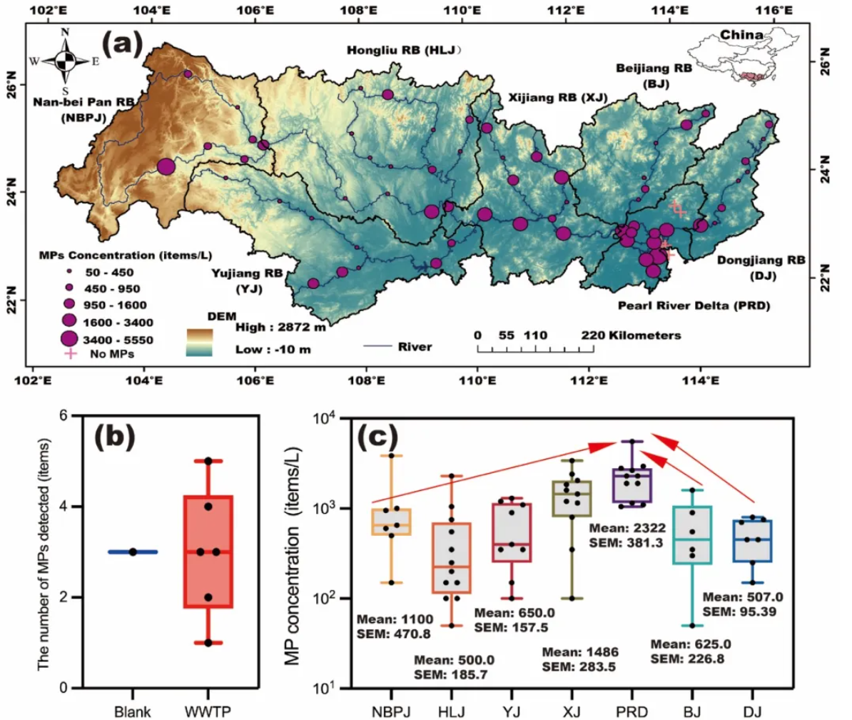
We conduct field sampling in the PRB, and analyze the water samples, including their abundance, particle size (20–1000 μm), and morphology of microplastics via LDIR chemical imaging system (Agilent 8700). Microplastics were identified through spectral matching (≥70%). We have reported the spatial distribution characteristics of microplastics in the PRB, analyzed their sources and transport pathways, and examined the role of hydrodynamic processes in the removal of microplastics.
